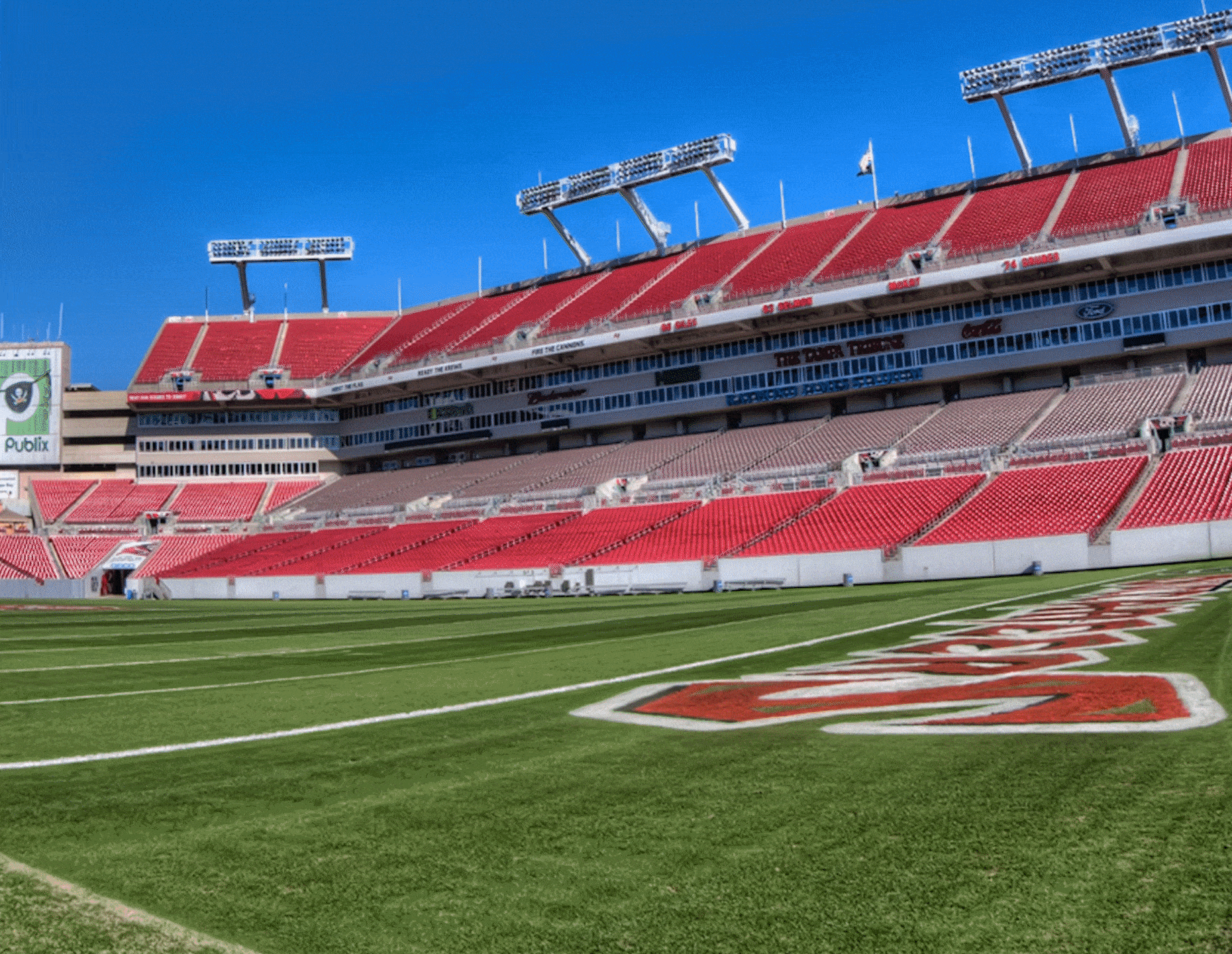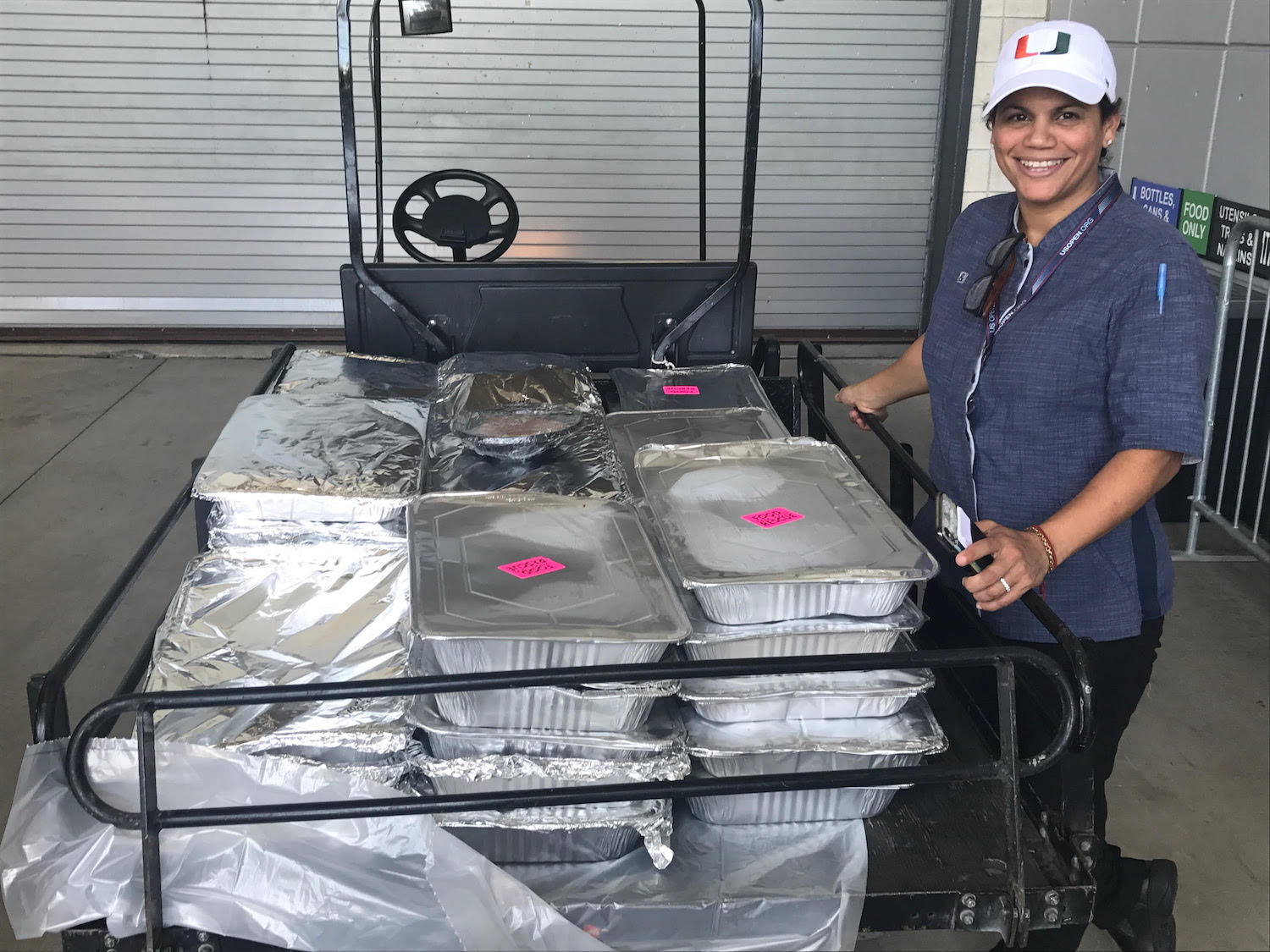
iStock/UroshPetrovic, Flickr/Matthew Paulson | Graphic by Tricia Vuong
After a surplus in 2020, “through the roof” prices may hurt independent restaurants more than others
Every year, the Super Bowl prompts a spate of articles lamenting the soaring price of chicken wings. For the most part, those fluctuations are the result of an annual cycle: Wing prices pop around big sporting events, like the Super Bowl and college championships, and then settle down again.
Over the last year, though, the wing economy really did experience some seismic shifts: On March 12, just five days before March Madness was scheduled to begin, the NCAA men’s basketball tournament was canceled due to Covid-19. That left a lot of wings all trussed up with no place to go.
According to the Washington Post, the great wing surplus of 2020 led to the lowest prices seen since 2011. There were weeks when wing sales fell to a third of normal levels, and processors scrambled to package restaurant-bound wings for the grocery store market and send leftovers into the freezer.
Were chicken wings still being buffeted by the market-distorting winds of the coronavirus, or were the high prices simply the result of seasonal fluctuations?
So when social media began to light up with complaints about expensive wings a few weeks ago, we knew there was a decent chance they were the result of normal ebbs and flows of the vast and complicated poultry pricing algorithm. But we couldn’t help but wonder: Were chicken wings still being buffeted by the market-distorting winds of the coronavirus, or were the high prices simply the result of seasonal fluctuations?
Here’s what the numbers are telling us: First of all, there are slightly fewer chickens to go around right now. Poultry plants slaughtered 3 percent fewer chickens in the week ending January 28 compared to the same time last year, according to the U.S. Department of Agriculture’s (USDA) most recent weekly slaughter report. It may not sound like a lot, but a lot of the poultry supply is locked up in normal retail and restaurant sales—leaving less and less for big wing holidays.
At the grocery store, wings are indeed more expensive than usual, even accounting for Super Bowl season. In the week preceding the Super Bowl last year, fresh whole wings cost $2.44 per pound. This year, they’re projected to run around $2.93 per pound—that’s about a 19 percent increase, per USDA.
Five days ahead of the 2021 Super Bowl, chicken processors are selling wings across the Northeast for about $2.63 per pound, according to USDA, a more than 50 percent jump from the same time last year.
But Meagan Nelson, associate director at consumer intelligence firm NielsenIQ, says shoppers might be shielded from the worst price increases by store-level promotions. “The retail price does not always reflect the cost paid,” she said, adding that at holidays like Thanksgiving grocery stores run promotional prices on products like turkeys to get shoppers in the door.
Restaurants don’t get that same buffer. As of Tuesday, five days ahead of the 2021 Super Bowl, chicken processors are selling wings across the Northeast for about $2.63 per pound, according to USDA, a more than 50 percent jump from the same time last year. Restaurateurs say that they are definitely feeling it.
“Our prices have gone through the roof these past two weeks,” said Deepak Ballaney, chef and owner of International Wings Factory, a wing joint in Manhattan. Ballaney said that a 40-lb case of fresh wings would typically cost him between $80 to $85. They’re now fetching $127 per case.
Ballaney said that he’s used to wing prices jumping moderately during the Super Bowl, but that he’s never seen an increase greater than 15 percent—until now.
“I can charge higher prices, but then you get less orders because not everyone can afford those high prices.”
“I’ve never seen the prices get so high ever,” he said. He added that independent restaurants like his have less bandwidth to adjust to such extreme spikes because they don’t qualify for volume discounts that larger chains might.
“I can charge higher prices, but then you get less orders because not everyone can afford those high prices,” he said. “So either we lose a lot or we lose a little, but either way we lose.”
So what’s really going on in the wing world?
At least three factors are driving chicken slaughter down and prices up, said Will Sawyer, lead economist for animal protein at CoBank. First, the supply: Covid-19 has led to increased labor costs and ongoing labor shortages in poultry processing plants, a situation that has “actually gotten a little bit worse in the last few months,” he said. Second, prices for corn and soy—which producers purchase for chicken feed—have gone up, meaning it’s more expensive to produce birds, and farmers have pulled back slightly on production.
With demand as high as it’s ever been (and Sawyer says poultry has been doing pretty well recently), lower supply will drive prices up. But other factors are also contributing to the price spike. Chicken wings travel well in takeout containers, unlike steak or other dishes. That’s likely driven enthusiasm among restaurants that might not normally focus on wings. Also, restaurant owners like Ballaney are competing for chicken wings with fast-food chains that locked down their orders (and likely their prices) months or even quarters ago. That means the price spike may be particularly pronounced for independent restaurants, which are left to pay soaring premiums for a shrinking number of chicken wings.
Covid-19 has led to increased labor costs and ongoing labor shortages in poultry processing plants.
It all adds up to higher-than-ever prices. “We’ve never seen it too far above $2 per pound for the Super Bowl in years past,” said Sawyer, adding that prices were at $2.65 when he last checked. “It’s a unique situation.”
A rising wing lifts all birds, and Sawyer added that the uptick in wing prices may be contributing to an uptick in breast prices, which he said have increased by 30 percent in the past two weeks. One possible explanation? Boneless wings are made of breast meat. If bone-in wings threaten to break the bank, consumers may opt for cheaper boneless “wings”—which in turn could drive up the price of breast meat.
There’s some good news in all this: It’s highly unlikely we’ll ever run out of wings. They’ll just get more and more expensive until people stop buying. “I’m sure there are already consumers that are saying to themselves, ‘I’m not going to pay $3 a pound for chicken wings. I’m going to buy chicken breasts instead,’” Sawyer said. “There’s a lot more meat in a skinless, boneless chicken breast than there is in a wing.”
If you’re planning on cooking or ordering wings for Sunday’s game no matter the cost, we have just one recommendation: Buy more than you think you need. A recent USDA report found that the average Super Bowl viewer will eat 22.4 wings, up from 13.4 in 2018. You might need some extra blue cheese dressing, too.


